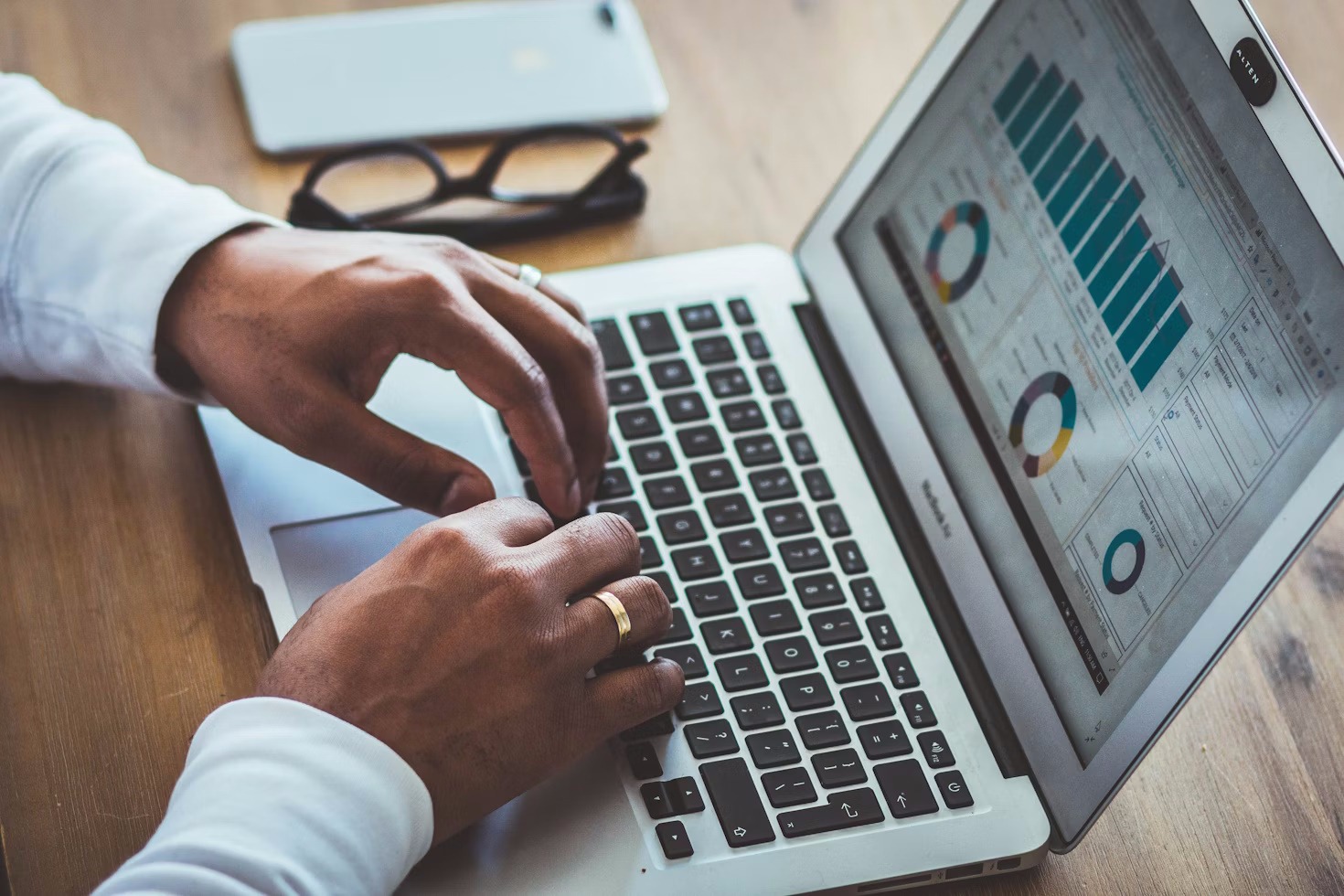Laptops or personal computers have become the bare minimum for enterprises of all sizes. In many cases, the company provides such devices to its employees so that they may have a handy computing resource to be productive, within the office premises or outside.
Much like any other electronics, laptops have a depreciating value and timeline. This means you will need to replace them at some point. Some enterprises have a policy of changing devices once every five years. Others set the mark lower or higher than this.
As per Statista, HP occupied the greatest laptop market share in the US in 2023, followed by Apple and Dell. Have you invested or are planning to invest in replacement devices for your team?
If yes, then there are some before, during, and after things to do as a preparation. In this article, we will discuss three ways to do so.

Have a Data Backup in Place
The truth is that frequent computer backups are essential, regardless of whether or not a new PC is involved. Some of the compelling reasons for this are faster recovery post-hacking, lower risk of hardware/software failure, and retention of good PC hygiene.
When your company is investing in a new device for all its employees, this process becomes crucial to recover any important data or files. Ours is the day and age where data is the new currency. With the current number of over five billion internet users, there is the potential to generate 15.87 TB of data daily by an individual.
One can only imagine the volume of data companies can produce, especially large corporations. We all have certain files or documents that we cannot afford to lose. Having a data backup makes the transition process to a new PC smoother.
In any case, all businesses strive to have regular backups, which means this process is halfway done. Just ask your team members to run a final backup before the files are transferred over. On that note, figure out what you wish to do with the old devices. There are a couple of options to choose from – repurpose, recycle, sell, or donate.
Let’s say you’re wondering, “Where can I sell my PC?” Generally, that is the first course of action many enterprises take if they do not wish to repurpose their devices. This could especially be the case when the new tools are more advanced and meant to replace the old ones. You should be able to find reliable vendors that purchase used laptops and other IT tools.
Such companies are willing to accept one’s inventory of new or used devices. According to We Buy Used IT Equipment, all confidential data will be securely and permanently destroyed across all storage media. Then, the devices are typically recycled and put to better use.
Create an Inventory of Existing Apps
We believe you would want your employees to more or less run the same software and apps on their new devices. In case that’s still undecided, now is the time to create an inventory or list of all the current applications.
This should easily be available by clicking on ‘Add Programs’ from the Start menu followed by selecting ‘Add or Remove Programs.’ In case there is time, consider installing a program like Ninite. It can download multiple apps simultaneously along with the installation files.
You can either store these on the cloud or across the external drive. Once each employee’s new PC arrives, it’s possible to slam the installation of all the relevant apps at once for transfer. If this is too taxing, just ask everyone to manually prepare a checklist of all the necessary apps. This way, nothing is amiss after the setup process is over.
Consider Data Amalgamation (with Some Caution)
To make your team members’ workflow more streamlined, productive, and connected, data synchronization may be a good idea. We are not suggesting they must sync their personal and work PCs. However, syncing their smartphones with the new PC may be useful.
This should happen with some caution. For instance – data amalgamation may be the right choice only for those involved in file-sharing and collaboration. Those who do not share documents frequently or require no access to files from different locations may not find syncing to be beneficial.
In any case, syncing important applications like Calendar and Memo would benefit one and all. Just let this task wait till a reliable antivirus software is installed across all devices.
On a final note, there are other technical aspects to take care of besides the three general things mentioned in this article. Examples would include modernizing the current desk setup for some employees, noting down license keys, and setting up Windows security.
Companies should ideally replace their employees’ PCs once every three to five years, especially the semi-rugged ones. This helps maintain the workplace’s productivity and efficiency.